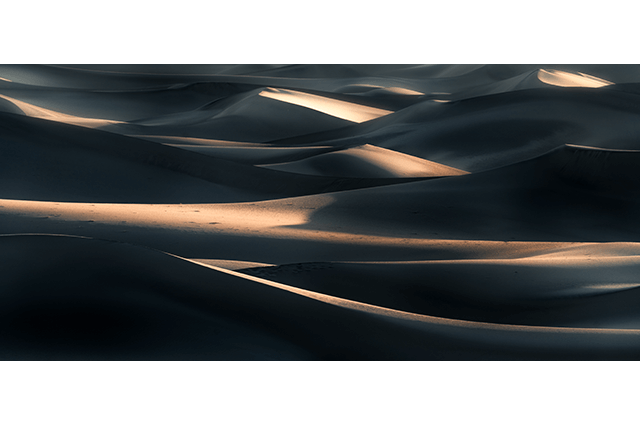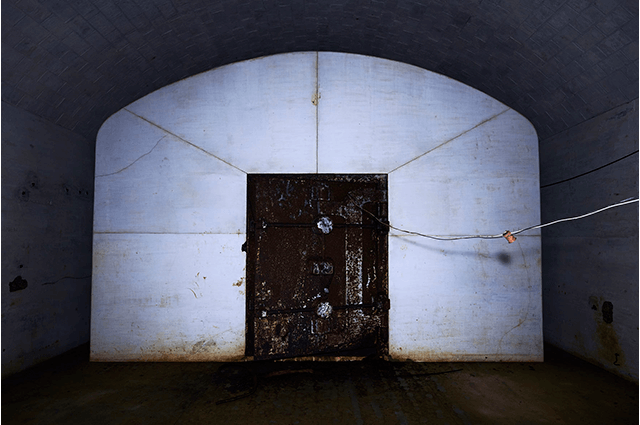Shinichi Honda Photo Exhibition 7 years in Shanghai, a “Kingdom of Textures”
- Dates
- Friday, March 18 - Thursday, March 31, 202211:00~18:00
Shinichi Honda Profile

Dropped out of the Photography Department at Osaka University of Arts.
- 1980 - 1990
- Photographed mostly fashion while living in Singapore, London and New York.
- 1990 - 1992
- Worked for amana in Tokyo.
- 1992 -
-
Founded Rayzoo.co. Produced photos, images and digital creation for the internet.
Was in charge of the cover of Asahi Pasocon magazine for 12 years for which he photographed over 200 celebrities and artists like Bill Gates.
Directed and oversaw photography for Issey Miyake Men for 2 years. - 2006 - 2008
- Directed and oversaw photography for advertisements for Panasonic China for 2 years.
- 2009 - 2018
- Lived in Shanghai. Photographed for advertising campaigns. Showed at galleries in Shanghai and universities in Suzhou and Nanking.
- 2019 - Present
- Teaching in the Photography Department at Osaka University of Arts.
Solo exhibitions
- "China in Deep" (Singapore)
- "TRANS" (Issey Miyake stores in Tokyo, New York and Paris)
-
"Wired Woman"
(Saatchi & Saatchi Gallery, Tokyo)
(Showed works also at the Japan Media Arts Festival) - "Rooms/London " (Daikanyama FG Gallery, Tokyo)
- "future sex " (Kunst Licht Gallery, Shanghai)














I lived in Shanghai for 7 years. My original plans were to go back to Tokyo after about a year’s time, but it was such an interesting city, I decided to stay longer. I had previously lived abroad, six years in Singapore and 5 years in New York, but I didn’t think I would stay that long in Shanghai. If you were to ask me what it was about Shanghai that attracted my interest, I suppose it would have to be its continual mixing and overlaying of Western and Eastern cultures since the days of the Shanghai International Settlement and all of the rich textures that have come with that. In any case, both the people and the city are “steeped with flavor”. There are – for example -- these beautiful buildings from the 1910 – 30s done in neoclassical and art deco architecture that are still in their original form without half-assed renovations, thanks to a “you don’t fix what has not broken” kind of attitude and no concept of maintenance whatsoever that prevailed until the 1980s. If you look closely at a broken window that is held together with tape, you’ll find a wavy glass pane from the 1930s and glimpses of the original wall underneath a 100 years of dust.
Though covered today in the dirt and grime of modern life, the magnificent mansions and buildings hale from a time long ago when Modu (nickname of Shanghai) sat at the top of the world on the enormous wealth that opium brought to the city. They project a kind of vile beauty like a femme fatale who emanates a seductive aura despite her miserably aged and famished look. But, what blows my mind is that completely average people are paying low rent to live in these buildings of cultural heritage class, which, if you wanted to buy one, would cost you over 2 billion yen, and they don’t think two bits about it. I am so envious!
Sadly, though, this romantically decadent cityscape that had remained intact since the Late Qing Dynasty, is rapidly being lost to development. And, they are not tearing down just one building but often entire blocks at a time. To preserve how this special enclave in Shanghai looked in antiquity, I took some 50,000 photos over my 7 years there and posted them on social media every day. Out of this photographic chaos, I am discovering storylines and narratives that I am archiving on the internet a little at a time. Once I have archived a large number of photos that take several hours to see, it will be possible to stroll through this lost part of the city. My goal is to create a virtual city.